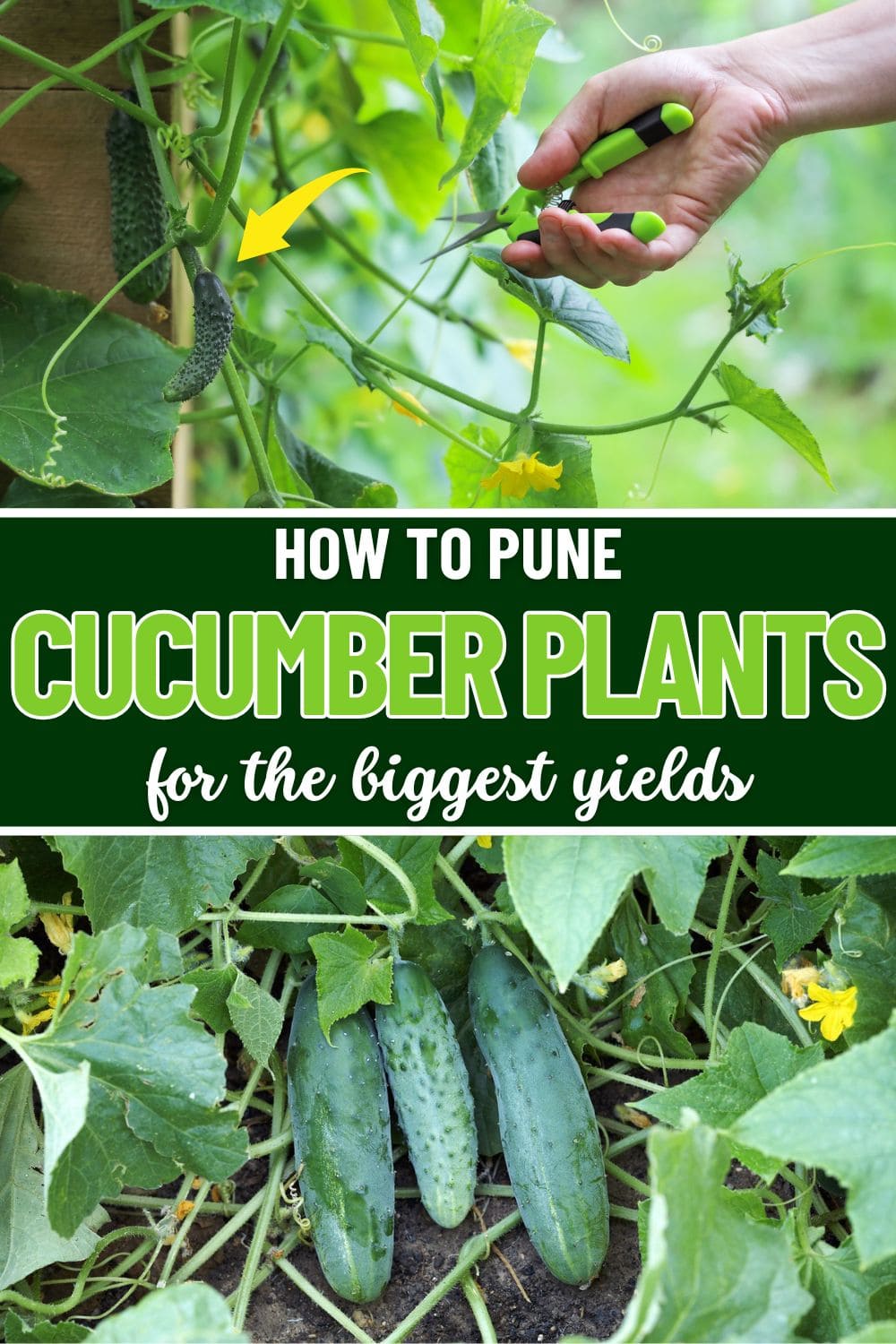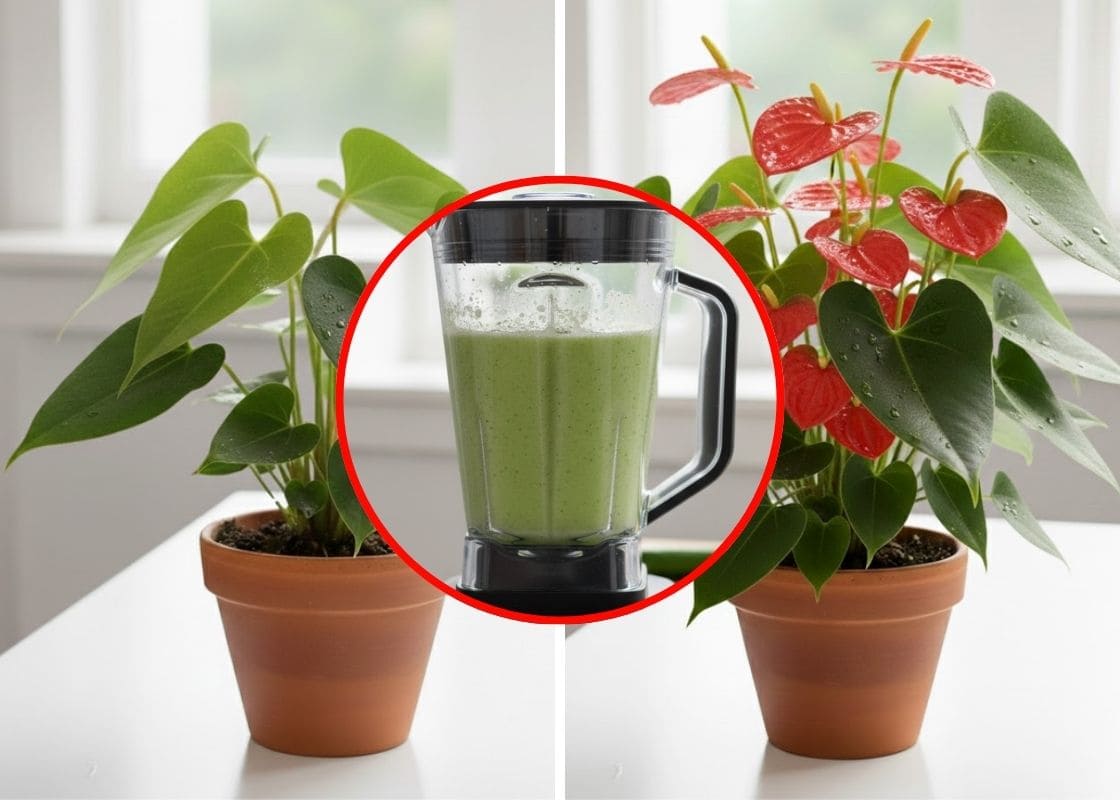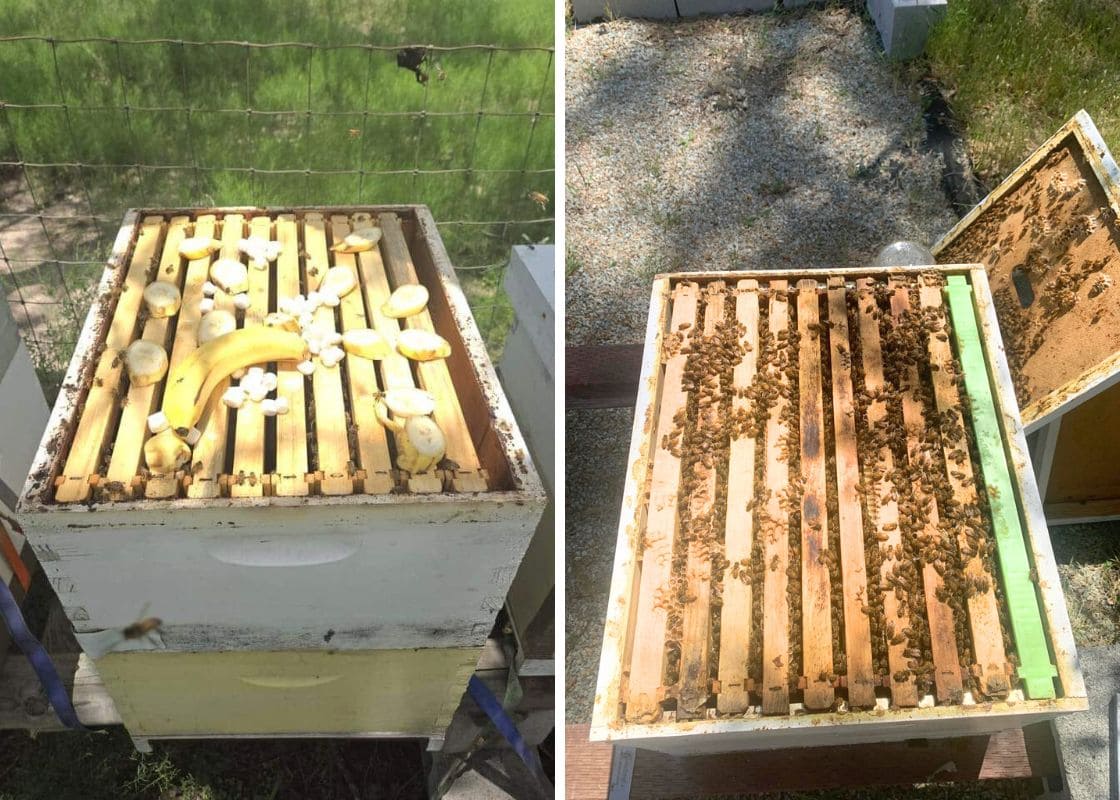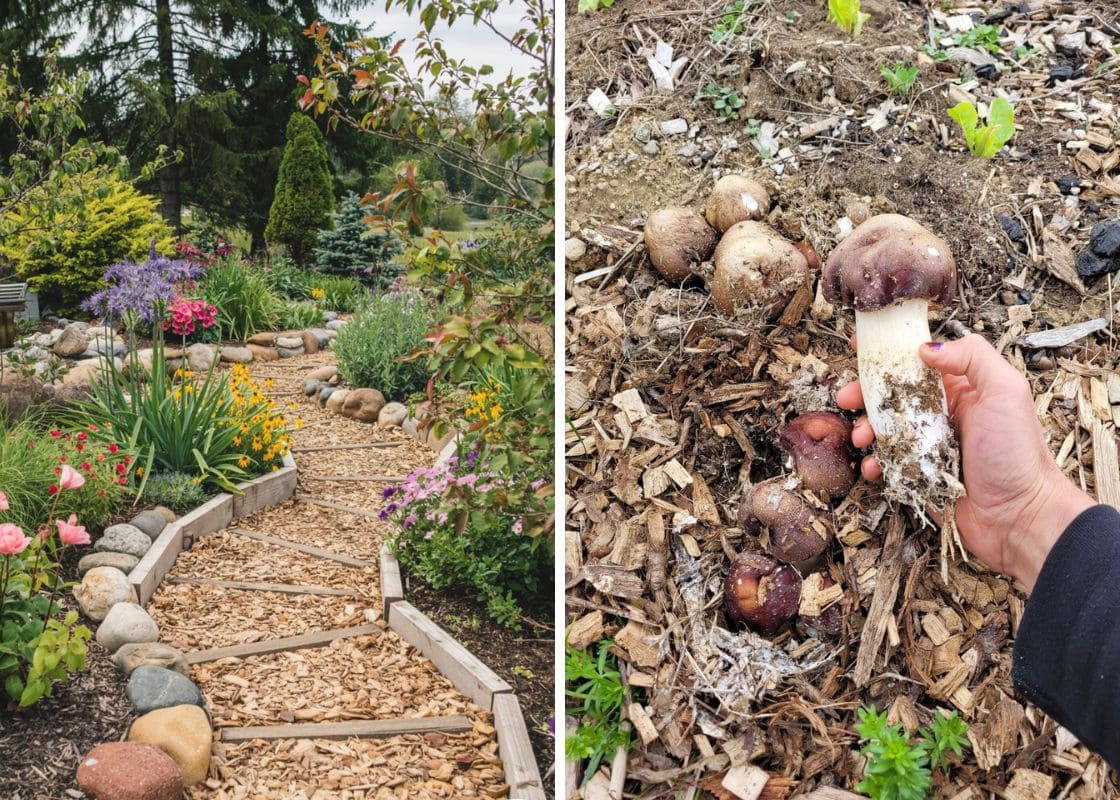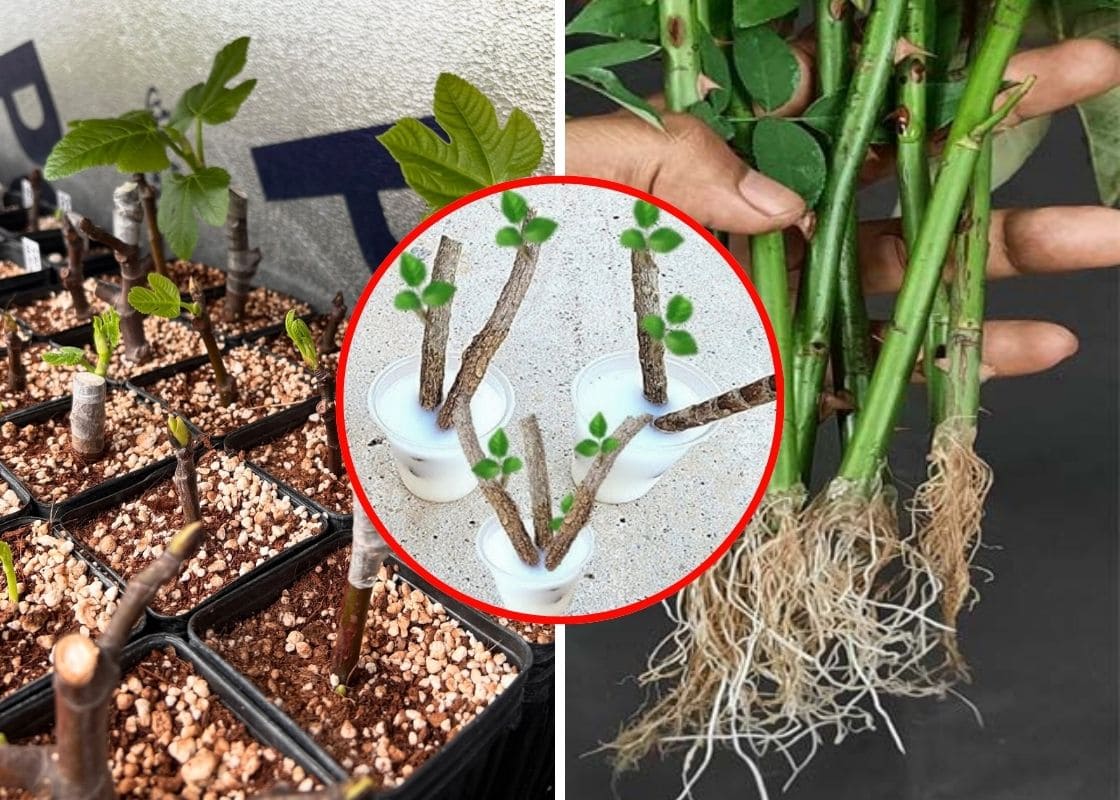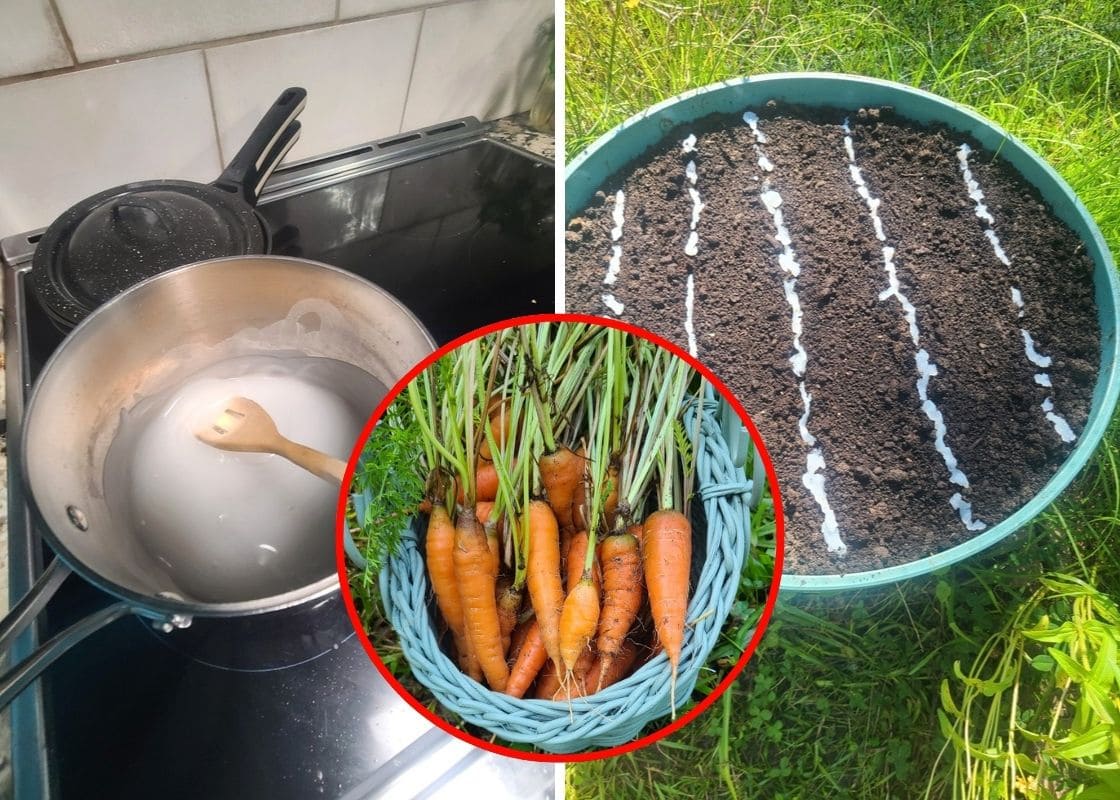If you’ve ever grown cucumbers, you know how fast they can take over.
One day they’re neat little vines minding their own business, and the next they’re spilling over your trellis, curling into every neighboring plant, and throwing leaves in every direction like they’re in a race to outgrow your garden.
That wild energy is part of their charm but it also comes at a cost. All that growth often means fewer cucumbers, more mildew, tangled stems, and a headache every time you try to find a fruit under the jungle.
It’s why learning how to prune cucumber plants can turn your harvest from a few soggy cucumbers to baskets of crisp, perfect ones.
Why Bother Pruning?
At first, I used to let my cucumber plants do their thing. I figured more leaves meant more food for the plant, and more flowers meant more fruit, right? Well, not exactly.
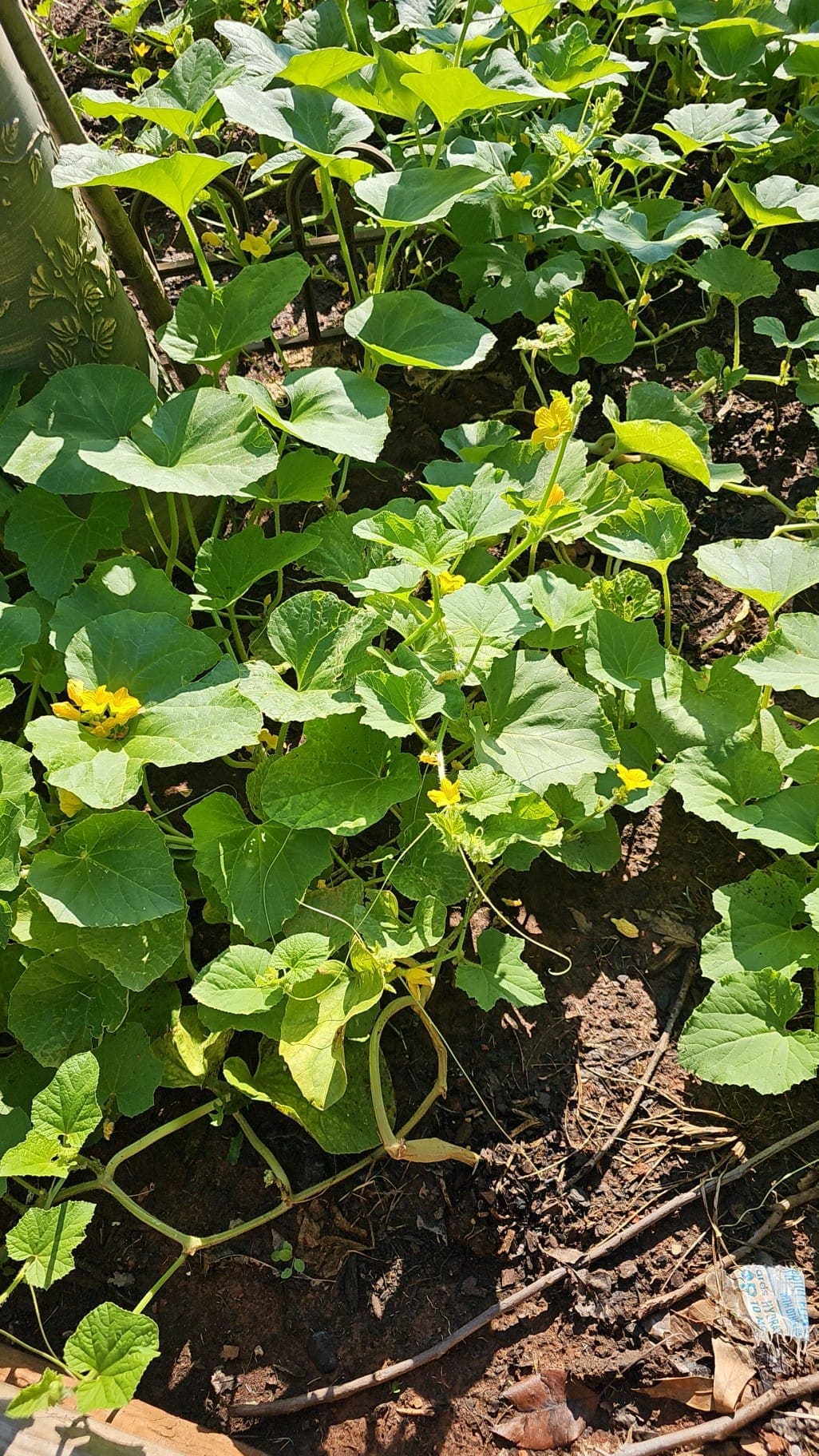
Cucumbers are generous growers, but without a little structure, they put most of their energy into leaves, runners, and flowers, especially male flowers that don’t bear fruit.
Therefore, you get a lot of green and very few cucumbers. Plus, all that dense foliage blocks airflow, traps moisture, and becomes a perfect playground for mold and bugs.
When you prune strategically, you’re simply redirecting the plant’s energy toward what matters most: healthy vines, strong roots, and loads of fruit.
The First Thing to Know: Bush vs. Vining Cucumbers
Not all cucumbers grow the same way. Bush varieties are tidy little things, great for containers or small spaces. They don’t need much attention beyond watering and feeding.
But vining cucumbers are the ones that benefit most from pruning. If you’re growing a vining type like Marketmore, Lemon, or Straight Eight, you’re going to want to guide them and trim them the way you would a tomato vine.
Start Early and Be Consistent
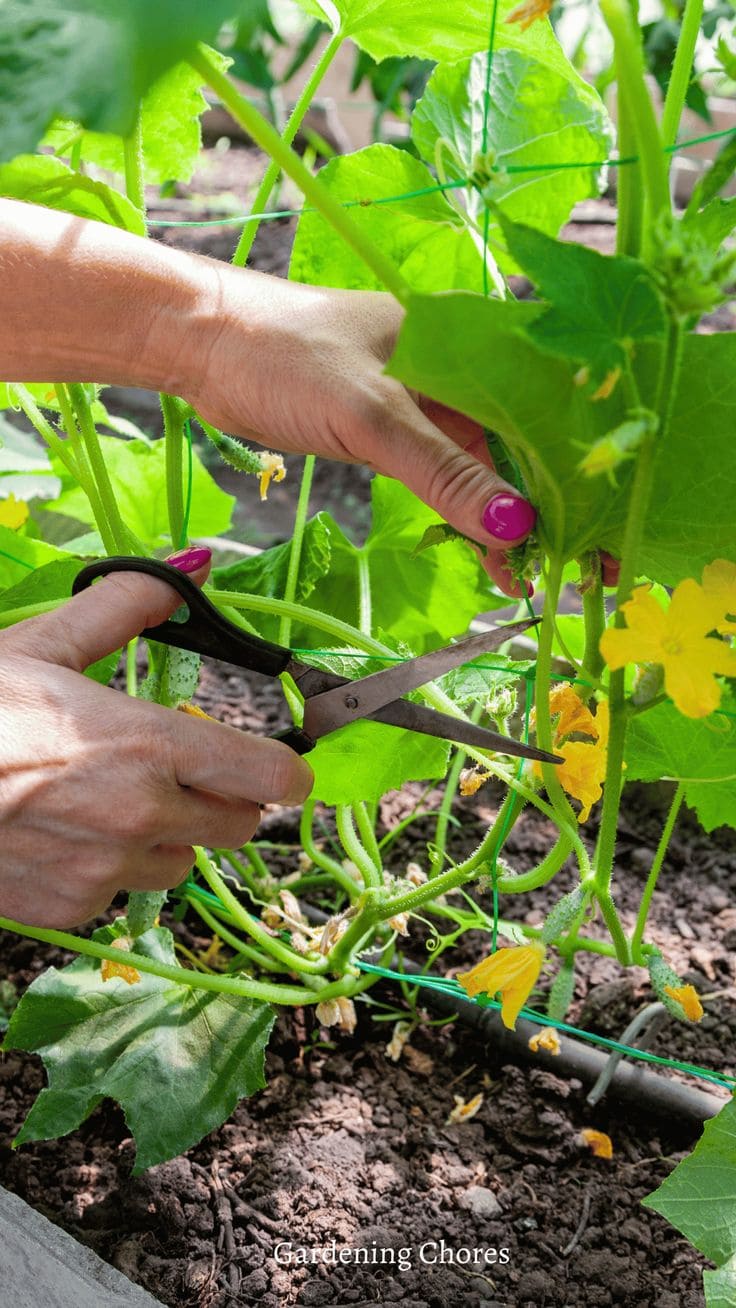
The best time to start pruning is when your cucumber plants have about four or five true leaves. That’s when they’re still young and flexible, but strong enough to bounce back from a little trimming.
I always begin by removing any flowers or small suckers growing close to the base of the plant, anything in the first foot or so of stem. This part of the plant is closest to the soil, where moisture and mildew love to hang out.
By clearing this lower section, you allow airflow and reduce the chances of fungus, while encouraging the plant to grow up rather than out.
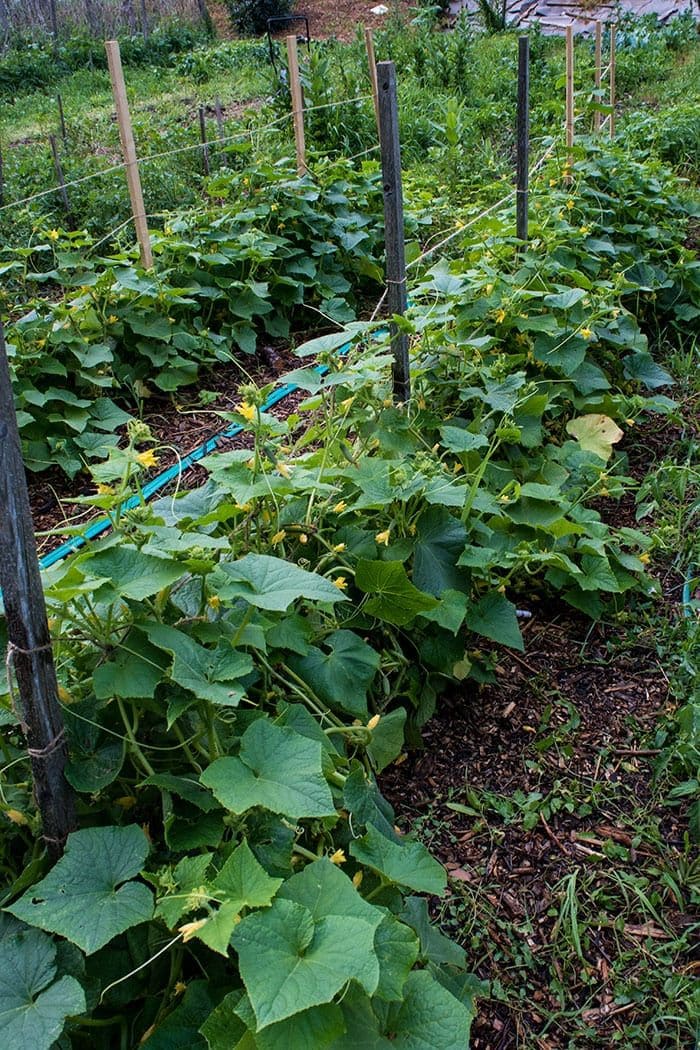
As the vine climbs, I train it along a vertical trellis or support and prune off side shoots that look like they’re just trying to get wild. Not every one of them, just the ones that are small, unnecessary, or starting to tangle.
I leave the main stem intact, and allow a few strong branches higher up to stay, especially if they’re flowering. These are often your best fruit producers.
Understanding Flowers: Male vs. Female
Cucumber plants produce both male and female flowers, and you don’t need to keep every one. Male flowers show up first. They’re on skinny stems and don’t produce fruit. Their job is simply to offer pollen.
Female flowers, on the other hand, have a tiny bulge at the base, that’s your future cucumber. Once the plant has produced a good batch of male flowers, I gently pinch off the excess so the plant doesn’t waste its energy feeding blooms that won’t grow fruit.
You only need a few males around to do the job, especially if you’ve got pollinators doing the rounds in your garden.
Some Little Tricks That Make a Big Difference
I’ve found that pruning is best done in the morning, after the dew dries but before the sun gets too hot. The plants are hydrated and bounce back quicker from any cuts.
I always use clean, sharp shears to avoid spreading disease. And after pruning, I like to give the plant a little treat like diluted fish emulsion, compost tea, or even a sprinkle of Epsom salt around the roots.

Also, don’t be afraid to tie your vine gently with garden twine or soft strips of fabric. Guiding the main stem up a support system keeps it organized, and it’s easier to see where to prune next.
What Happens If You Don’t Prune Cucumbers?
Your cucumber plant won’t die if you skip pruning but you’ll probably get fewer fruits, and the ones you do harvest might be misshapen, bitter, or hidden under yellowing leaves.
Over time, the plant gets stressed trying to support so many unnecessary stems and leaves, and your harvest will taper off much earlier than it should.
Pruning might feel a little intimidating at first. I get it, you don’t want to hurt the plant. But once you see how quickly it bounces back and how productive it becomes, you’ll wish you started sooner.
